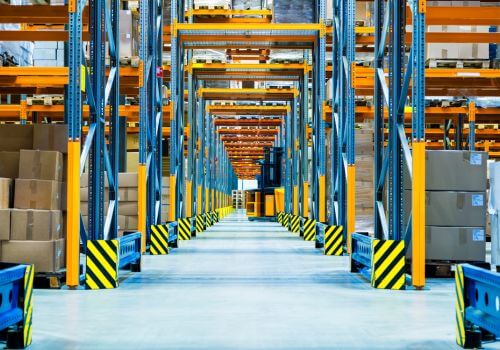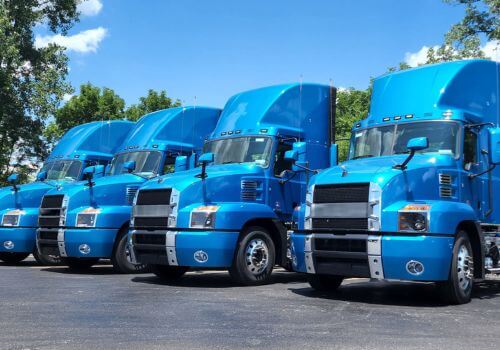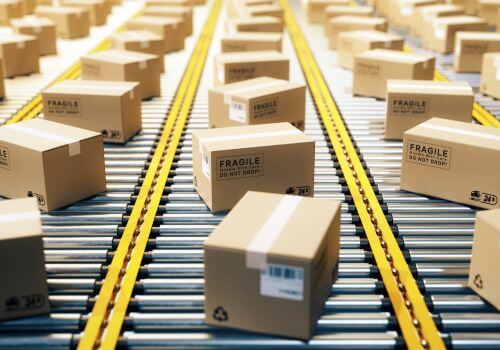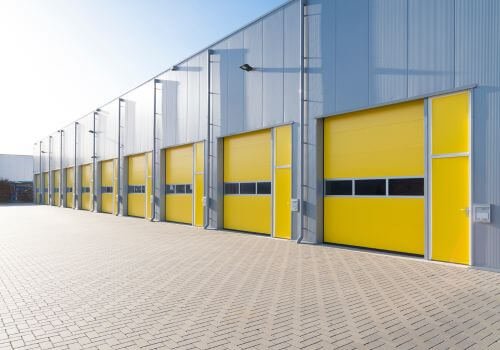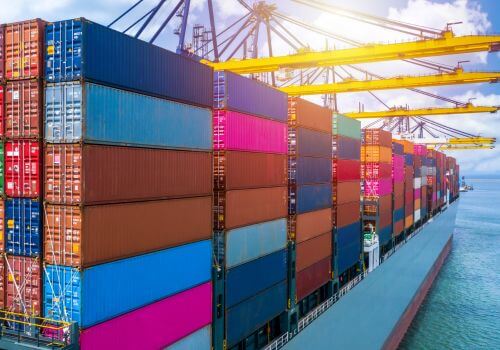Sea freight, also known as ocean freight, is one of the oldest and most widely used methods of transporting goods globally. It plays a crucial role in international trade and logistics, offering an economical solution for moving large volumes of cargo across continents.
If you’re new to sea freight logistics, this guide will help you understand the basics, processes, and best practices to navigate this essential transportation method effectively.
What is sea freight?
Sea freight refers to the transportation of goods via cargo ships across oceans and seas. It is particularly suitable for heavy or bulky items, large shipments, and goods that are not time-sensitive. This mode of transportation is favored for its cost-effectiveness compared to air freight and its ability to handle massive cargo volumes.
What are the key components of sea freight logistics?
To understand sea freight, it’s important to know the key elements that make it work. These components form the backbone of the entire process and ensure that goods move smoothly from one place to another.
Cargo ships
Cargo ships are the massive vessels that transport goods across oceans. They come in different types, depending on what they carry. For example, container ships are used for standard goods packed in containers, while bulk carriers handle unpackaged items like grains or coal.
Shipping containers
Containers are the standardized boxes used to store and transport goods securely. They come in two main sizes: 20-foot and 40-foot containers. These containers protect cargo from damage during transit and make loading and unloading more efficient.
Ports
Ports are the key hubs where goods are loaded onto or unloaded from ships. They’re equipped with cranes, warehouses, and customs facilities to handle large volumes of cargo. Major ports around the world act as gateways for international trade.
Shipping lines
Shipping lines are companies that operate cargo ships and provide transportation services between ports. They’re like the airlines of the sea, offering routes and schedules for moving goods globally.
Freight forwarders
Freight forwarders are logistics experts who manage the entire shipping process for businesses. They handle everything from booking space on a ship to preparing documents, clearing customs, and coordinating delivery at the destination.
What are the advantages of sea freight?
Sea freight is one of the most popular shipping methods for businesses, and it’s easy to see why. It offers several key advantages that make it a go-to choice for transporting goods across the globe.
- Cost efficiency: Shipping by sea is significantly cheaper than air freight, especially for large shipments.
- Capacity: Cargo ships can carry vast quantities of goods, making them ideal for bulk shipments.
- Global reach: With access to major ports worldwide, sea freight connects businesses across continents.
- Eco-friendly: Compared to air transport, sea freight has a lower carbon footprint per ton of cargo.
What are the different types of cargo in sea freight?
Sea freight is incredibly versatile and can handle a wide variety of goods. Different types of cargo require specific handling and transportation methods to ensure they arrive safely at their destination. Here’s a breakdown of the main categories of cargo shipped via sea freigh.
Dry cargo
Dry cargo includes everyday goods like clothing, electronics, furniture, machinery, and other non-perishable items. These are typically transported in standard shipping containers, which protect them from external elements during transit.
Refrigerated cargo (reefer)
Some goods, such as fresh produce, seafood, meat, and pharmaceuticals, need to be kept at specific temperatures to prevent spoilage. Refrigerated containers, also known as reefer containers, are specially designed to maintain controlled temperatures throughout the journey.
Liquid cargo
Liquid cargo includes items like chemicals, oils, and petroleum products. These are transported using specialized tankers or containers designed to safely handle liquids without leaks or contamination.
Bulk cargo
Bulk cargo refers to unpackaged goods transported in large quantities. Examples include grains, coal, minerals, sand, and other raw materials. These are shipped in bulk carriers rather than containers due to their sheer volume and weight.
How does sea freight work?
The sea freight process may seem complex at first, but breaking it down into simple steps makes it easier to understand. Here’s how it works:
- Booking: The shipper arranges transportation with a shipping line or freight forwarder.
- Packaging & loading: Goods are packed into containers at the origin warehouse or facility.
- Customs clearance (export): Export documentation is prepared and submitted for approval.
- Transport to port: Containers are transported to the port for loading onto the ship.
- Ocean transit: The ship carries the cargo across oceans to the destination port.
- Customs clearance (import): Import documentation is processed at the destination port.
- Unloading & delivery: Containers are unloaded and delivered to the final destination.
What are the key documentations involved in sea freight?
When shipping goods via sea freight, proper documentation is essential to ensure smooth operations and compliance with international regulations. These documents act as the backbone of the process, providing critical information about the cargo and facilitating customs clearance. Here are the key documents you need to know.
Bill of Lading (BOL)
The Bill of Lading is one of the most important documents in sea freight. It serves as a contract between the shipper (you) and the carrier (shipping company). It also acts as a receipt confirming that your goods have been loaded onto the ship. The BOL includes details like the type of goods, destination, and shipping terms.
Commercial invoice
This document provides a detailed breakdown of the goods being shipped, including their description, quantity, value, and payment terms. Customs officials use the commercial invoice to assess duties and taxes, so it’s crucial that this document is accurate.
Packing list
Think of the packing list as an inventory sheet for your shipment. It lists all the items inside each container along with their weight and dimensions. This helps customs officials verify your cargo and ensures smooth handling during loading and unloading.
Certificate of origin
The Certificate of Origin specifies where your goods were manufactured or produced. Some countries require this document to determine if your shipment qualifies for preferential trade agreements or reduced tariffs.
Customs declaration
This document is submitted to customs authorities at both the origin and destination ports. It provides detailed information about your shipment, including its value, type, and purpose. Accurate customs declarations are vital to avoid delays or penalties.
What are the costs involved in sea freight?
When it comes to sea freight, understanding the costs involved is essential for managing your budget effectively. While sea freight is generally more affordable than air freight, there are several expenses to consider.
- Freight charges: Fees charged by shipping lines based on container size (e.g., 20-foot vs. 40-foot) and distance traveled.
- Port fees: Charges for loading/unloading at ports.
- Customs duties and taxes: Costs associated with import/export regulations.
- Insurance: Coverage against damage or loss during transit.
- Additional services: Fees for warehousing, packaging, or expedited delivery.
In summary, Sea Freight in logistics is the process of transporting goods across oceans using cargo ships, typically by loading them into containers that are shipped to their destination ports.

